Photos of Space Love: The Asteroid Eros Up Close
Asteroid Eros, How I Do Love Thee
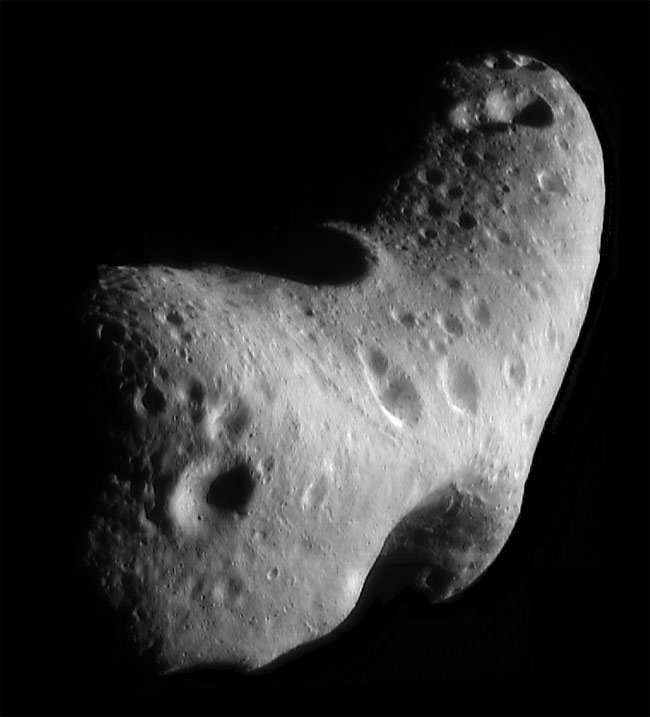
This image, taken by NASA's Near Earth Asteroid Rendezvous mission in 2000, shows a close-up view of Eros, an asteroid with an orbit that takes it somewhat close to Earth. NASA's Spitzer Space Telescope observed Eros and dozens of other near-Earth asteroids as part of an ongoing survey to study their sizes and compositions using infrared light.
Eros in Color
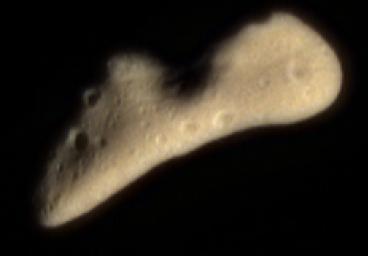
This color image of Eros was acquired by NEAR's multispectral imager on February 12, 2000, at a range of 1100 miles (1800 kilometers). It is part of the final approach imaging sequence prior to orbit insertion and is intended to map the color properties of Eros across all of the illuminated surface.
NEAR Road to Eros
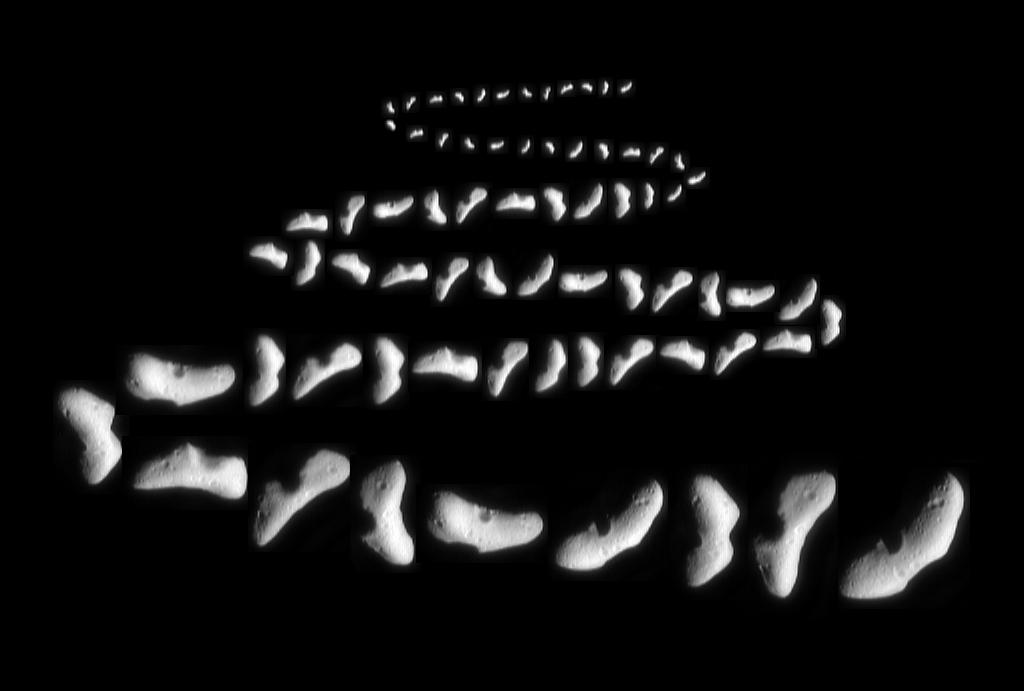
This montage shows a selection of images of the asteroid 433 Eros that were acquired from the NEAR spacecraft over three weeks from January 22 through February 12, 2000, as the spacecraft's distance from its target shrank from 18,000 to 1260 miles (29,000 to 2025 km).
NEAR's First Whole-Eros Mosaic from Orbit
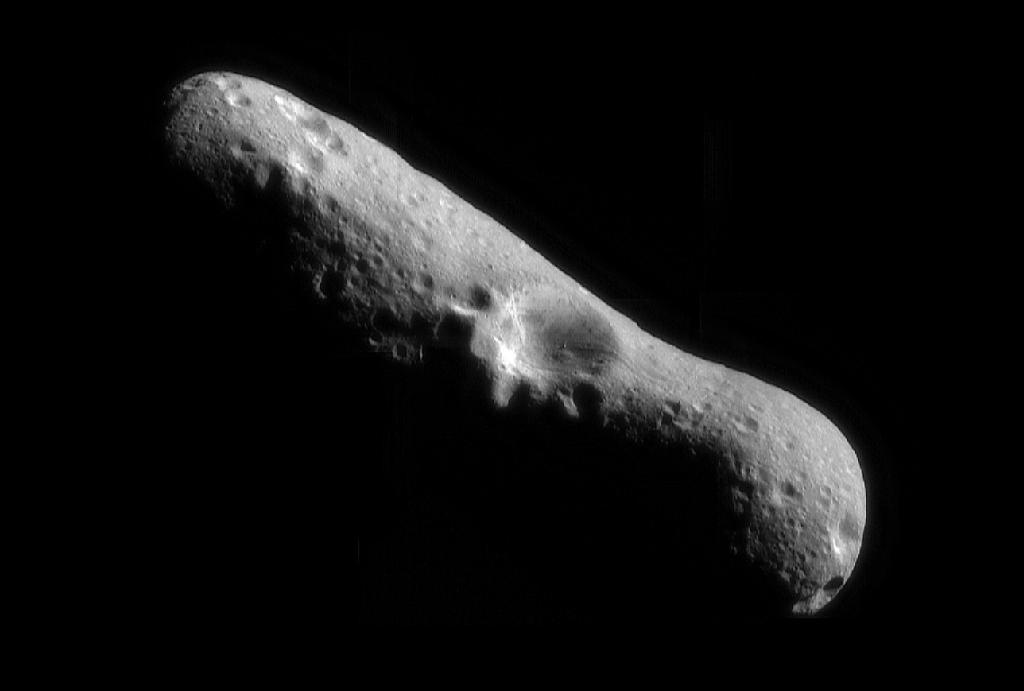
This picture of Eros, the first of an asteroid taken from an orbiting spacecraft, is a mosaic of four images obtained by NEAR on February 14, 2000, immediately after the spacecraft's insertion into orbit. We are looking down over the north pole of Eros at one of the largest craters on the surface, which measures 4 miles (6 kilometers) across.
Eros' Eastern and Western Hemispheres
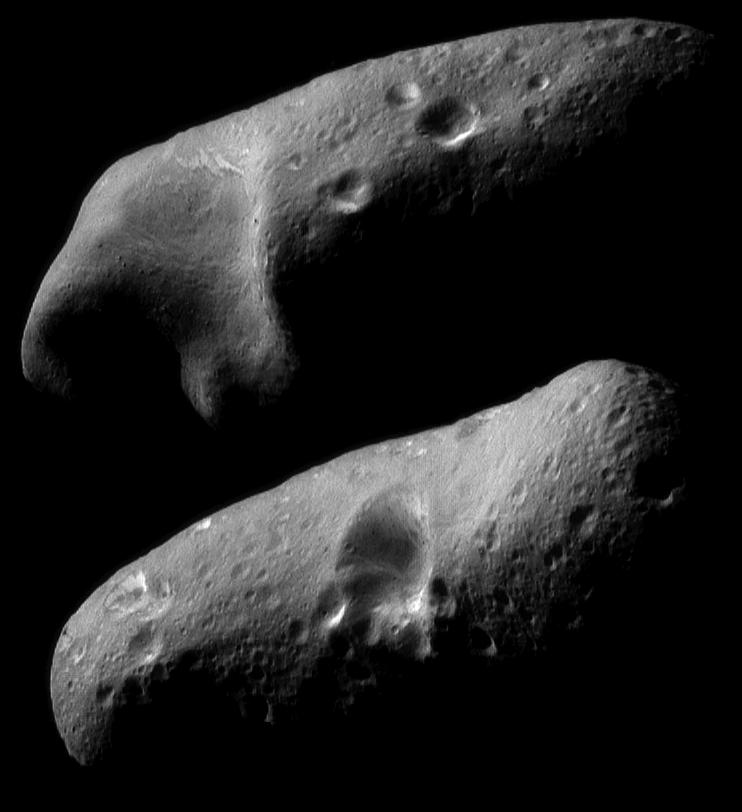
On February 23, 2000, the NEAR spacecraft obtained a sequence of image mosaics showing Eros' surface as the asteroid rotated under the spacecraft.
Eros' Bland Butterscotch Colors
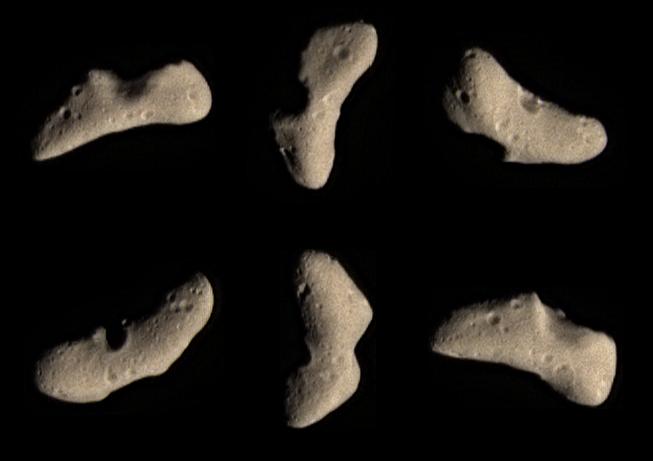
These color images of Eros was acquired by NEAR on February 12, 2000, at a range of 1800 kilometers (1100 miles) during the final approach imaging sequence prior to orbit insertion. A five and one-half hour long sequence of images covering visible and infrared wavelengths was taken at that time, to provide a global overview of the color and spectral properties of the asteroid.
The Shape of Eros
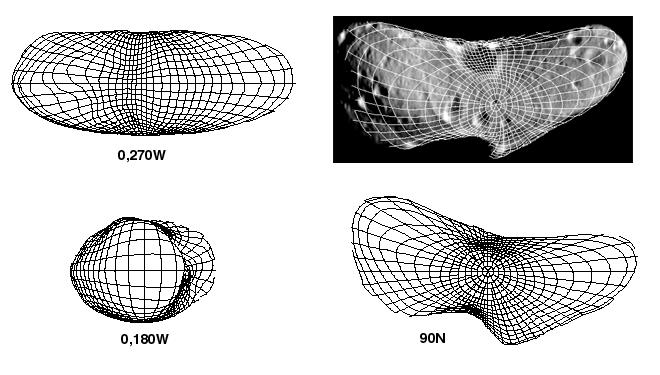
NEAR Shoemaker images provided the first model of Eros' shape, shown in this picture. An accurate model of Eros' shape helps the NEAR team determine the asteroid's key properties. The total space enclosed by the surface of the shape model represents the asteroid's estimated volume. The asteroid's mass (determined using NEAR Shoemaker's radio tracking) is divided by its volume to yield an estimate of its density - which is valuable for understanding what kind of rock makes up the interior.
Get the Space.com Newsletter
Breaking space news, the latest updates on rocket launches, skywatching events and more!
The Many Faces of Eros
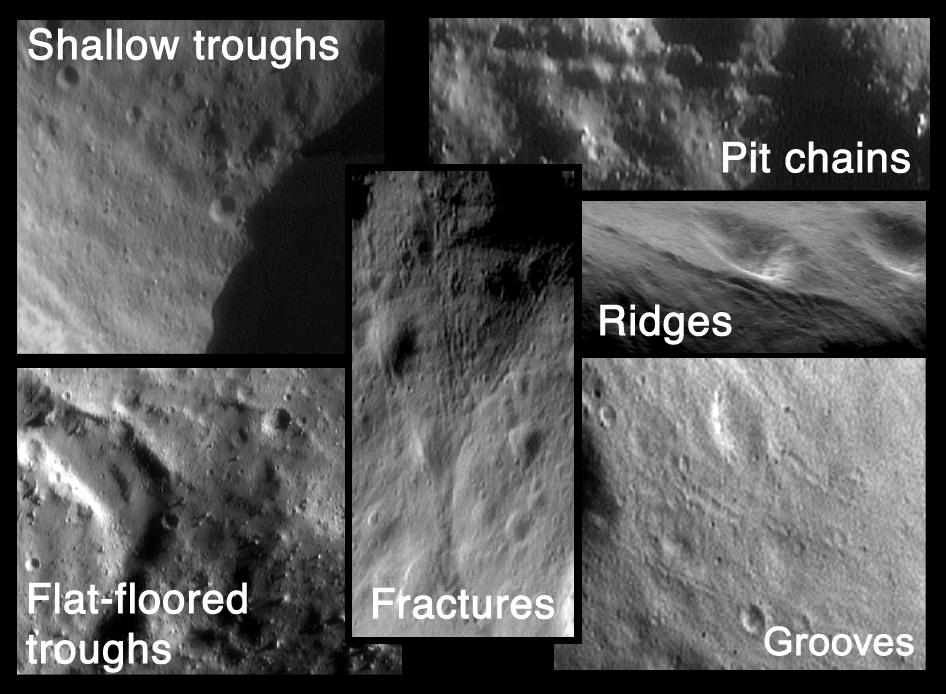
This montage shows structural features on Eros obtained by NEAR Shoemaker from several different orbits. Any underlying, deep-seated structures probably formed as a result of large impacts to the asteroid's surface, in the same way that a car windshield fractures when it is hit by a stone. Later, movement of regolith may have modified the structure's surface expressions.
Sentinels
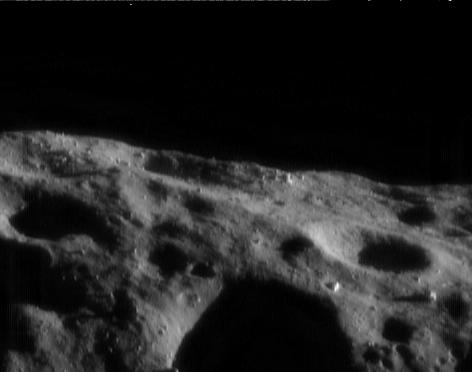
This NEAR Shoemaker picture, taken August 6, 2000, from an orbital altitude of 49 kilometers (30 miles), shows Eros' horizon near the time of local sunset. The surface is dark because of the oblique illumination, but several boulders catch the sunlight and appear like bright sentinels on the landscape.
The Subtle Colors of Eros
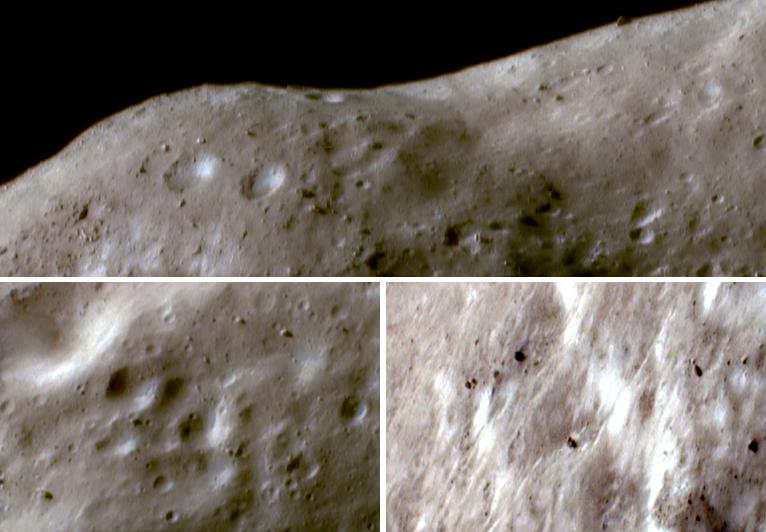
NEAR Shoemaker took these images of Eros on October 16, 2000, while orbiting 54 kilometers (34 miles) above the asteroid. They are shown in false color, constructed from images taken in green light and two different wavelengths of infrared light.
Location of the NEAR Shoemaker Landing Site

The location of NEAR Shoemaker's planned landing site is shown in this image mosaic taken on December 3, 2000, from an orbital altitude of 200 kilometers (124 miles). In this view, south is to the top and the terminator (the imaginary line dividing day from night) lies near the equator. The landing site (at the tip of the arrow) is near the boundary of two distinctly different provinces, both of which the spacecraft will photograph as it descends.
Join our Space Forums to keep talking space on the latest missions, night sky and more! And if you have a news tip, correction or comment, let us know at: community@space.com.

Space.com is the premier source of space exploration, innovation and astronomy news, chronicling (and celebrating) humanity's ongoing expansion across the final frontier. Originally founded in 1999, Space.com is, and always has been, the passion of writers and editors who are space fans and also trained journalists. Our current news team consists of Editor-in-Chief Tariq Malik; Editor Hanneke Weitering, Senior Space Writer Mike Wall; Senior Writer Meghan Bartels; Senior Writer Chelsea Gohd, Senior Writer Tereza Pultarova and Staff Writer Alexander Cox, focusing on e-commerce. Senior Producer Steve Spaleta oversees our space videos, with Diana Whitcroft as our Social Media Editor.









